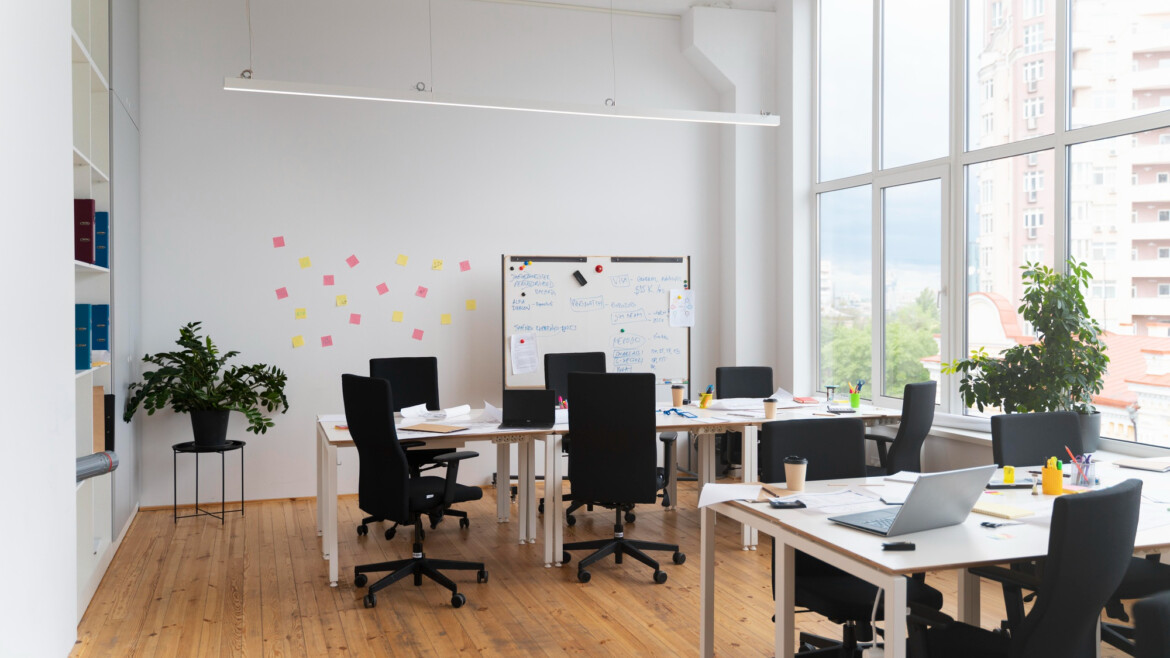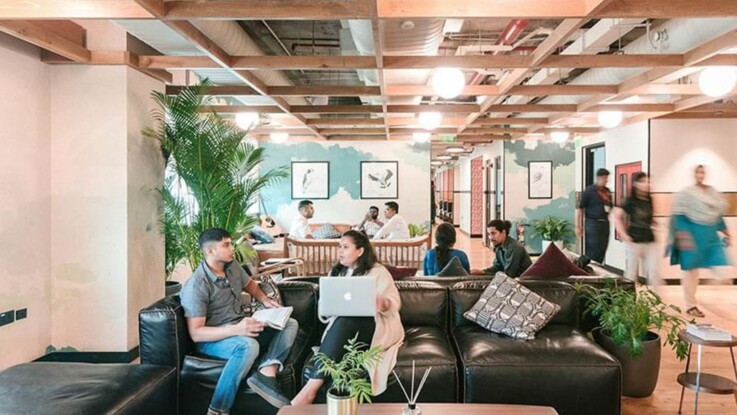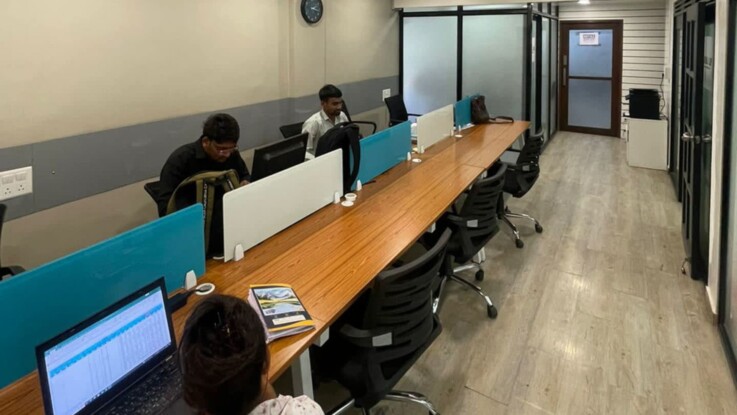Coworking spaces have become an integral part of the modern work landscape, offering flexible and collaborative environments for businesses and individuals alike. The profitability of these spaces varies based on several factors, including size, location, and operational efficiency.
Profitability Overview
-
Profit Margins: On average, coworking spaces achieve a profit margin of approximately 19.7%, a notable increase from 17.4% in 2019. This suggests a positive trend in the industry’s financial health post-pandemic .Optix
-
Break-even Point: Typically, coworking spaces reach their break-even point within 12 to 16 months of operation .Sharpsheets
-
Occupancy Rates: Spaces with high occupancy rates, particularly those with over 200 members, are more likely to be profitable. In contrast, coworking spaces with fewer members than workstations often struggle to achieve profitability .deskmag.com+1deskmag.com+1
Factors Influencing Profitability
-
Size and Membership: Larger coworking spaces (150+ members) tend to have higher profit margins, ranging from 20% to 30%, due to economies of scale and diversified revenue streams .
-
Location: Urban coworking spaces can command higher membership fees but also face increased operating costs. Conversely, suburban or small-town spaces may have lower expenses, making profitability more achievable .Archie
-
Age of Operation: Coworking spaces that are 4 to 6 years old, with 100 to 249 members and an area of 10,000 to 20,000 sq ft, are among the most profitable. These spaces have had time to establish a stable member base and optimize operations .Optix+1Optix+1
Challenges to Profitability
-
High Operating Costs: Expenses such as rent, utilities, salaries, and maintenance can be significant, especially in prime locations. For instance, operating a 3,000 sq ft coworking space with 100 desks can cost between $32,000 and $36,500 per month .Sharpsheets
-
Market Saturation: In densely populated urban areas, the proliferation of coworking spaces can lead to increased competition, potentially driving down prices and occupancy rates .ccwpune.co.in
-
Economic Fluctuations: Economic downturns can impact the demand for coworking spaces, as businesses may reduce expenses, including office space requirements. However, flexible leasing models can offer some resilience .ccwpune.co.in
Future Outlook
The global coworking market was valued at $22.01 billion in 2024 and is projected to grow to $82.12 billion by 2034, reflecting a 14.1% annual growth rate . This growth is driven by the increasing adoption of hybrid work models and the demand for flexible workspace solutions.Archie
In summary, while coworking spaces face challenges, they also present significant opportunities for profitability, especially for operators who can effectively manage costs, optimize occupancy, and adapt to market trends.




